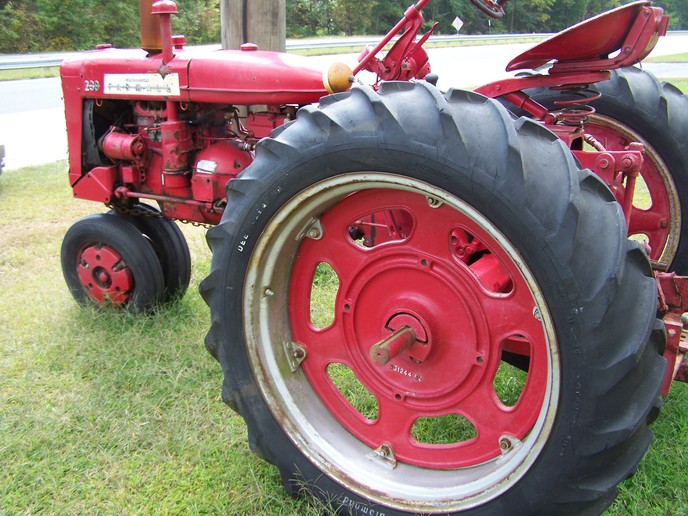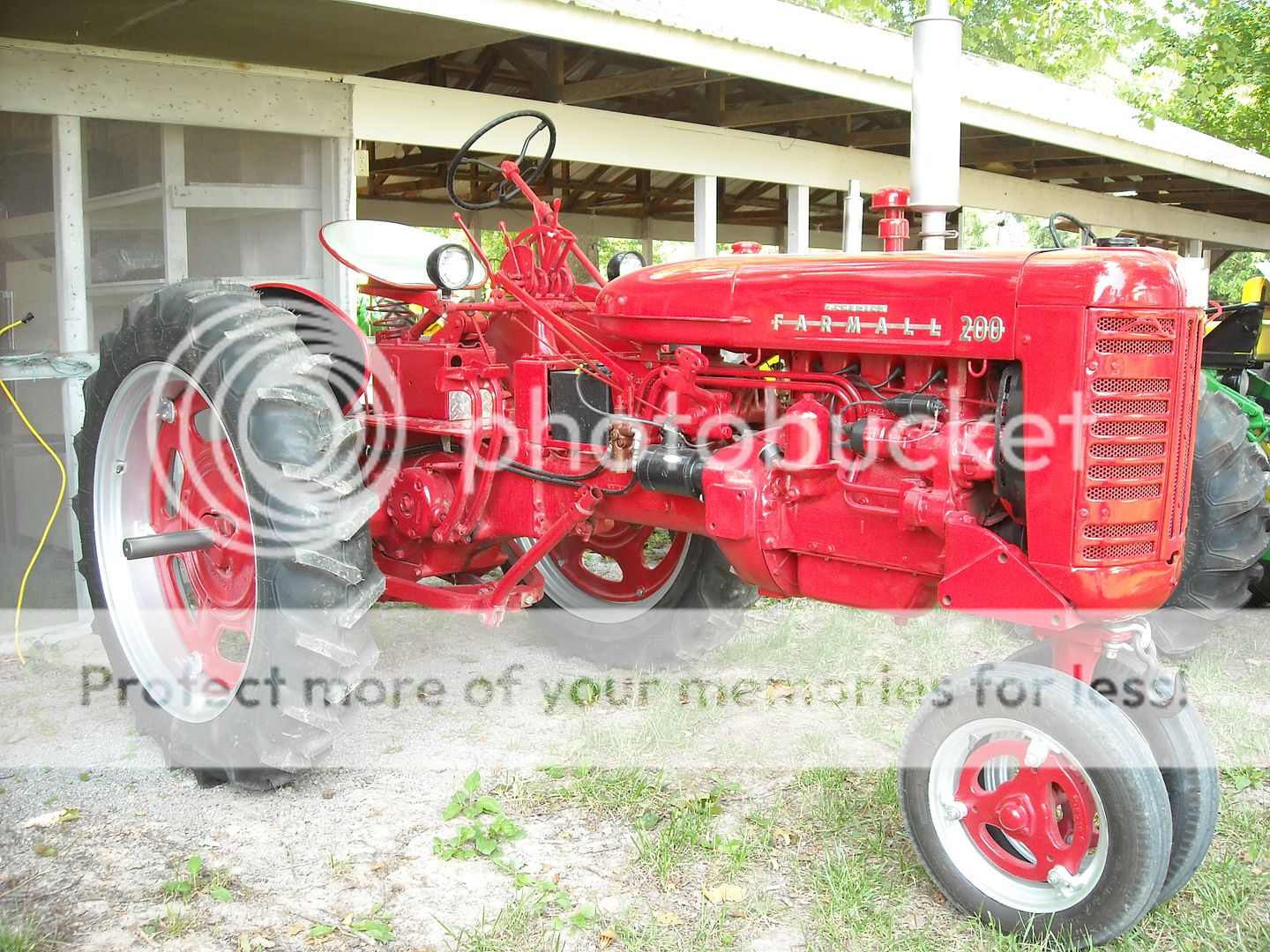Hello,
I am a new member and new to tractors. I am not new to restoring older vehicles and machinery.
A buddy was parting with an old IH tractor and I couldn't let it pass. I continually have a project going.
The below pics are the tractor. I would like to identify it so that I can get the manuals. I believe it to be either a model 200 or 230. The tag on the left side is completely sanded or deteriorated so that no information is available on it.
I am leaning towards a 230 as it appears there is some white paint under in the area of where the emblems you have been. The thing has been repainted many times and is missing the model emblems.
Are there any identifiers that I should be looking for?
Some of the first things I would like to do is rebuild the carburetor and convert it to 12 volt. After I can get it going I would like to do a compression check on it.
I took the valve cover off and it look very clean.
I eventually would like to get it painted with new sheet metal.


I am a new member and new to tractors. I am not new to restoring older vehicles and machinery.
A buddy was parting with an old IH tractor and I couldn't let it pass. I continually have a project going.
The below pics are the tractor. I would like to identify it so that I can get the manuals. I believe it to be either a model 200 or 230. The tag on the left side is completely sanded or deteriorated so that no information is available on it.
I am leaning towards a 230 as it appears there is some white paint under in the area of where the emblems you have been. The thing has been repainted many times and is missing the model emblems.
Are there any identifiers that I should be looking for?
Some of the first things I would like to do is rebuild the carburetor and convert it to 12 volt. After I can get it going I would like to do a compression check on it.
I took the valve cover off and it look very clean.
I eventually would like to get it painted with new sheet metal.







